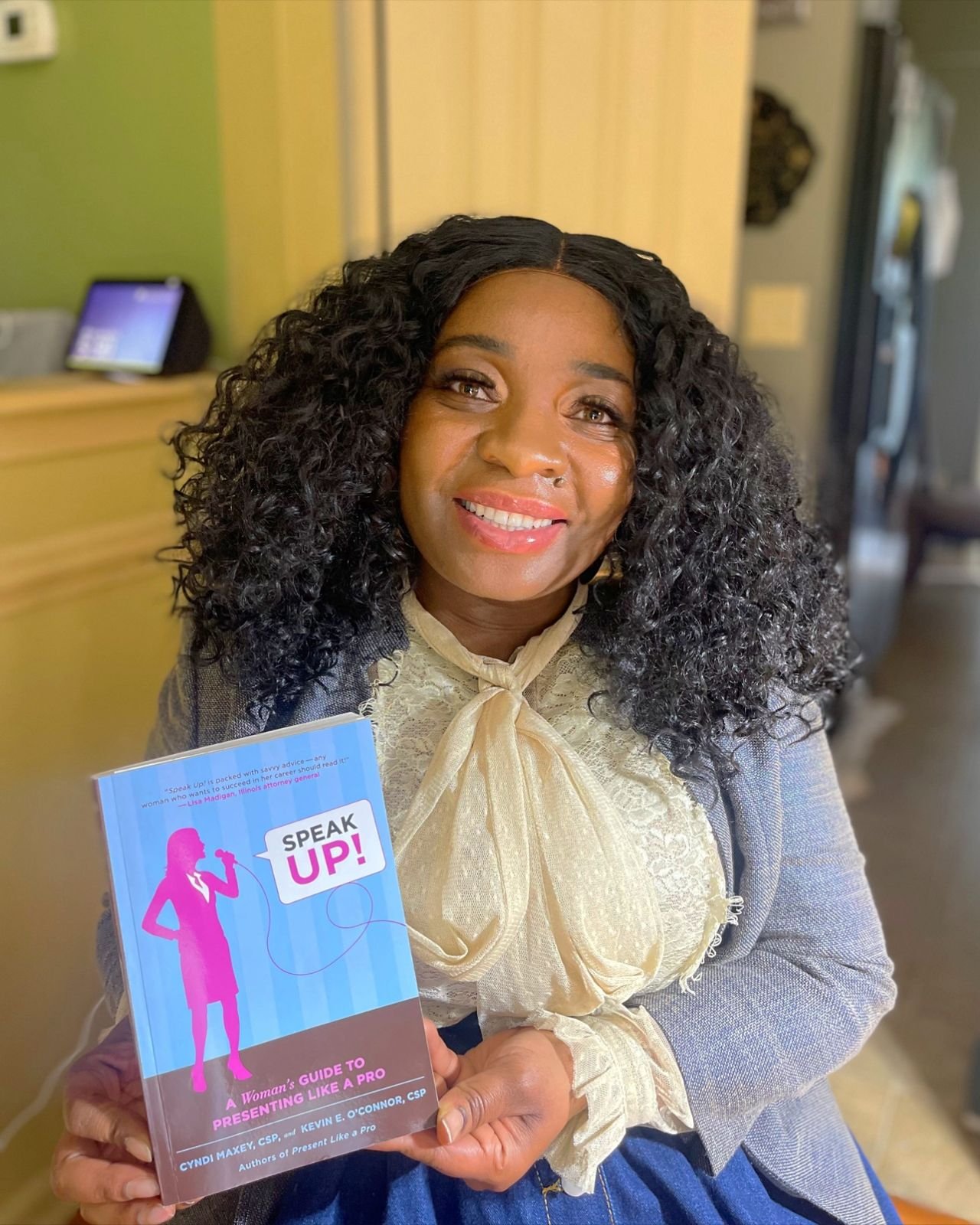Today's #PresentLikeAPro Tip: Always have someone else introduce you with the script you have written for them. On Zoom make it short and sweet…in person a little longer is OK. Audiences do not need to know the companies you have worked for, how much other audiences loved you, or how much this audience will love you. Yikes! Have the script say who you are, a bit about your qualifications, and then something personal that adds a bit of fun.
Mine says that “Kevin’s lifelong goal is to ride horses bareback though he has not yet found a horse with the same goal.” You ought to see the smiles and hear the questions I get on that one! We want a smiling audience when we begin, not a bored one.

